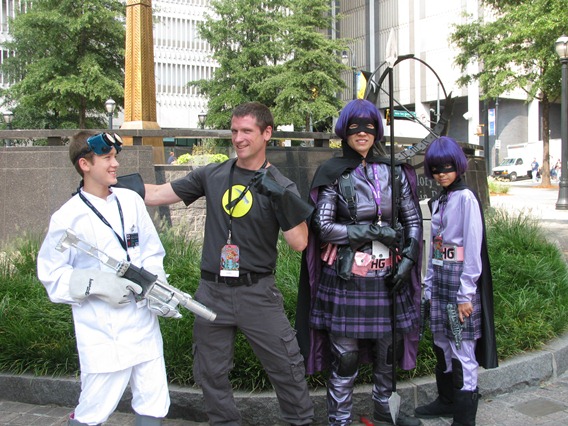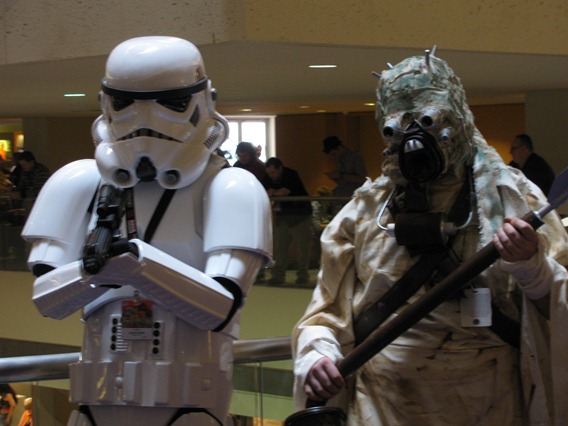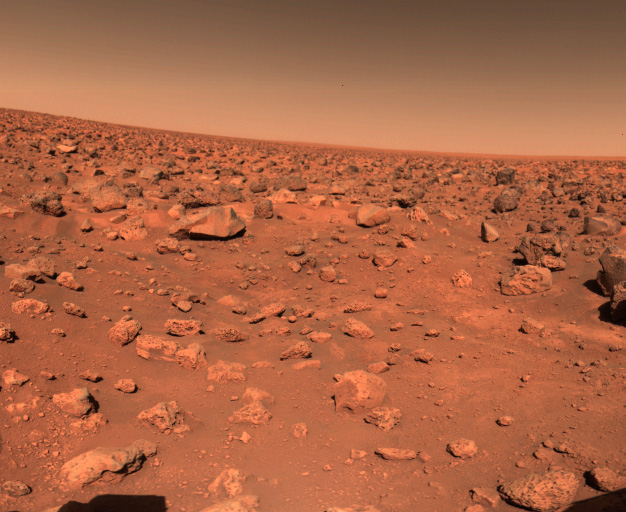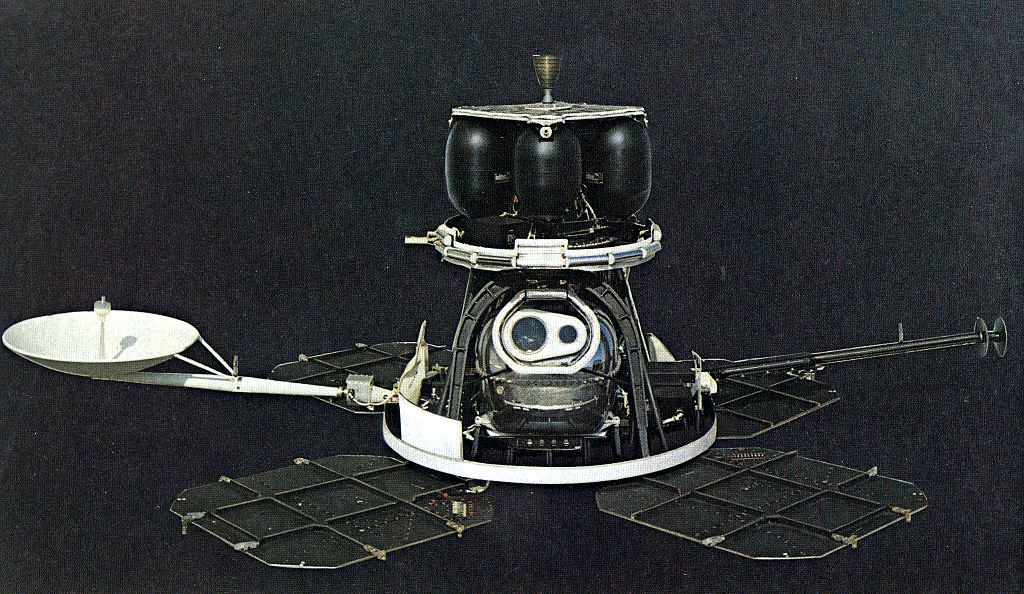May Day was very good to me! For the first time in my writing career, I received two short story contracts on the same day.
The contracts are signed and will shortly be in the mail, so I feel as if it’s safe to broadcast the details.

After a minor rewrite a couple of weeks ago, Asimov’s Science Fiction Magazine accepted my novelette “The Second Engineer.” I posted news of the story acceptance on Facebook, but didn’t identify the magazine because I didn’t want to get ahead of the paperwork. So yesterday the contract showed up in my e-mail …
… along with a contract from Analog Science Fiction & Fact for my novelette “SEAGULLs, Jack-o-Lanterns, and Interstitial Spaces.”

So on the same day I got contracts for my second story for Asimov’s and my third story for Analog. My head is still spinning.
On a Related Subject: My short story “The Song of Uullioll” is in the July/August issue of Analog Science Fiction & Fact, which has been mailed to subscribers and should be on newsstands soon. (I’ll post the cover when I get the image file for my web site.)
Color me overwhelmed!
___
P.S. I understand “The Second Engineer” is scheduled to appear in the October/November issue of Asimov’s. GWR


















